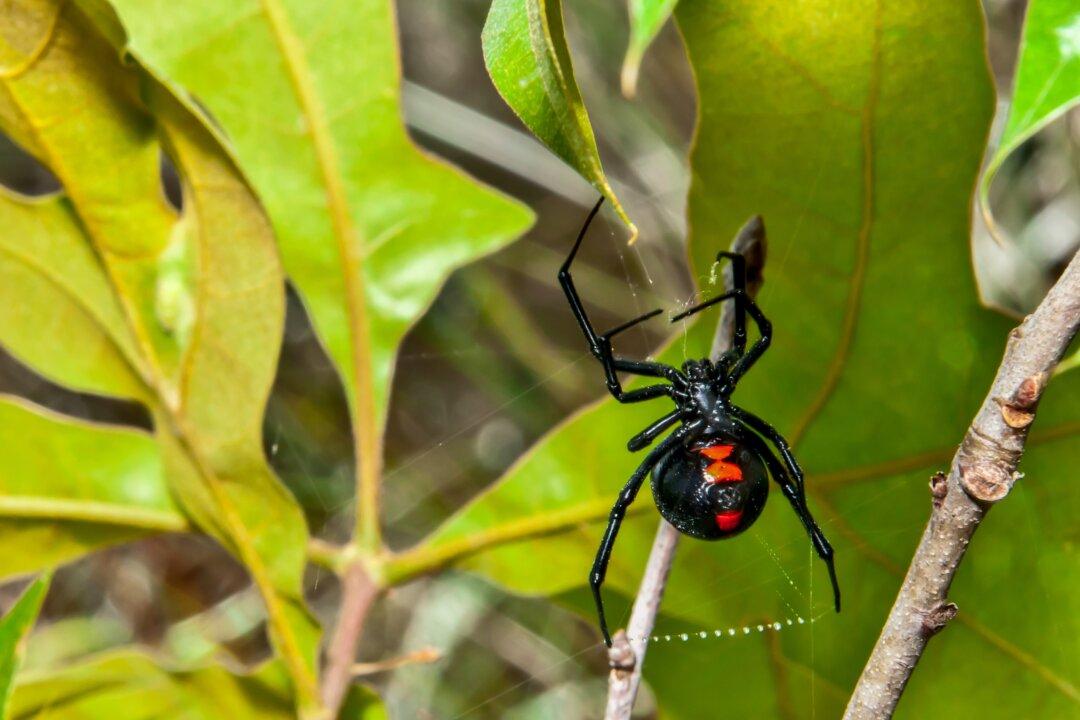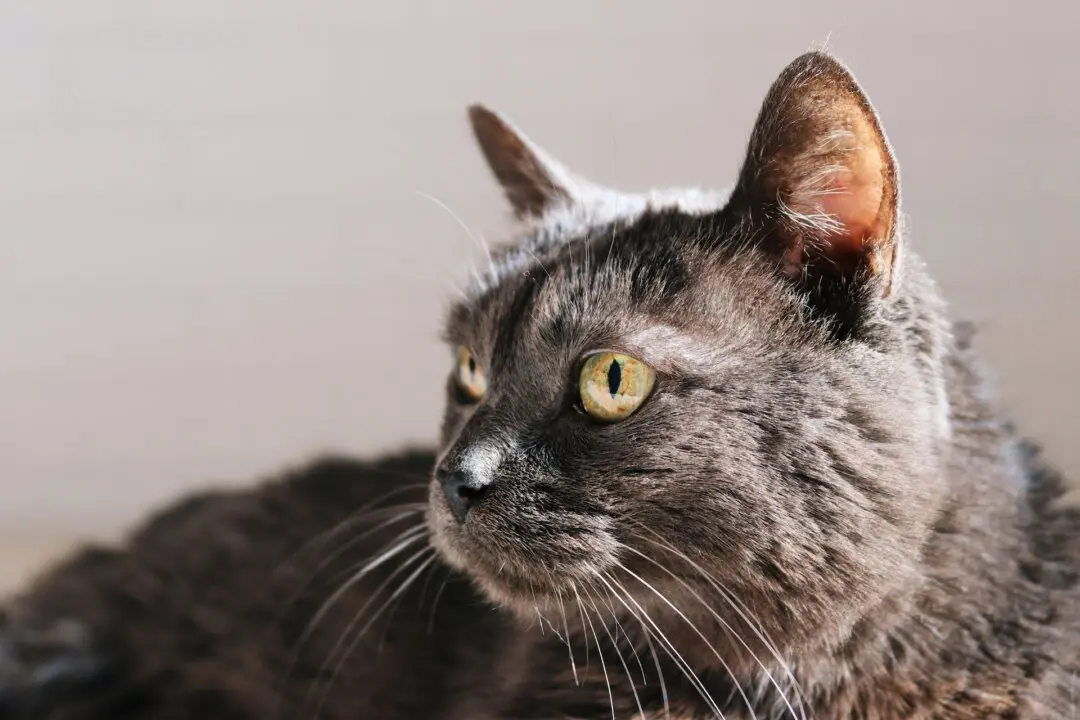Q: Our indoor-outdoor cats are fascinated by the spiders and spider webs around our house. I am concerned that some of the black, shiny spiders may be black widows. Are black widow spiders dangerous to cats?
A: Cats are especially sensitive to the toxin of the black widow spider, the most venomous spider in North America.





